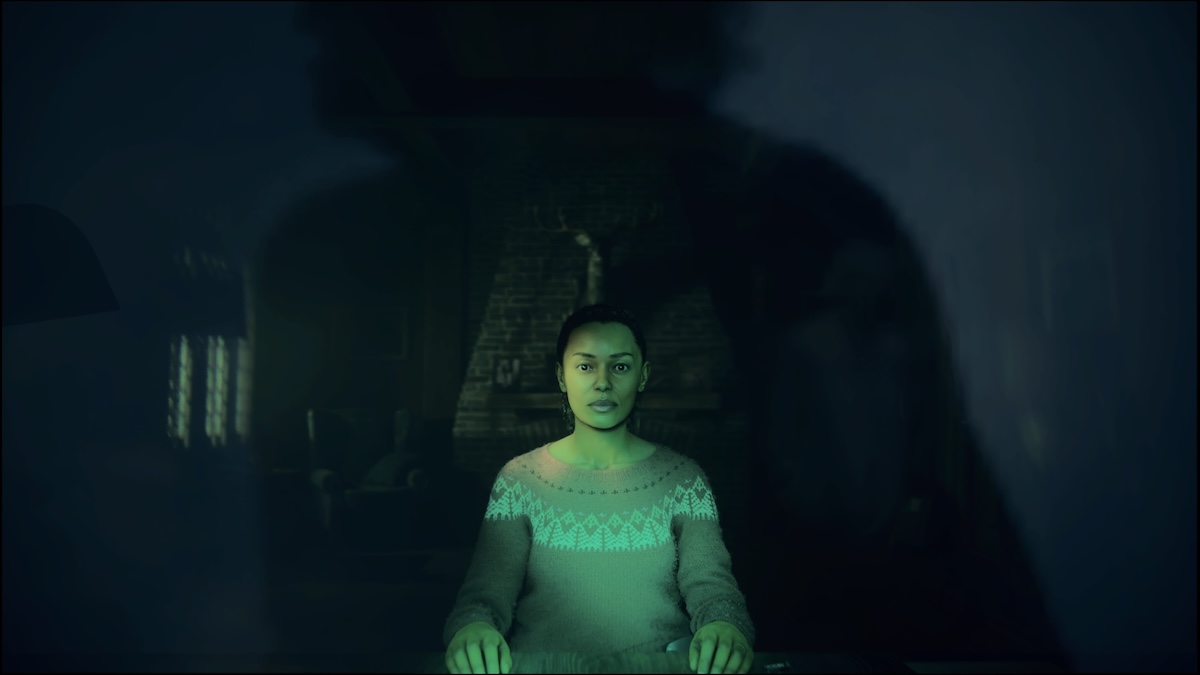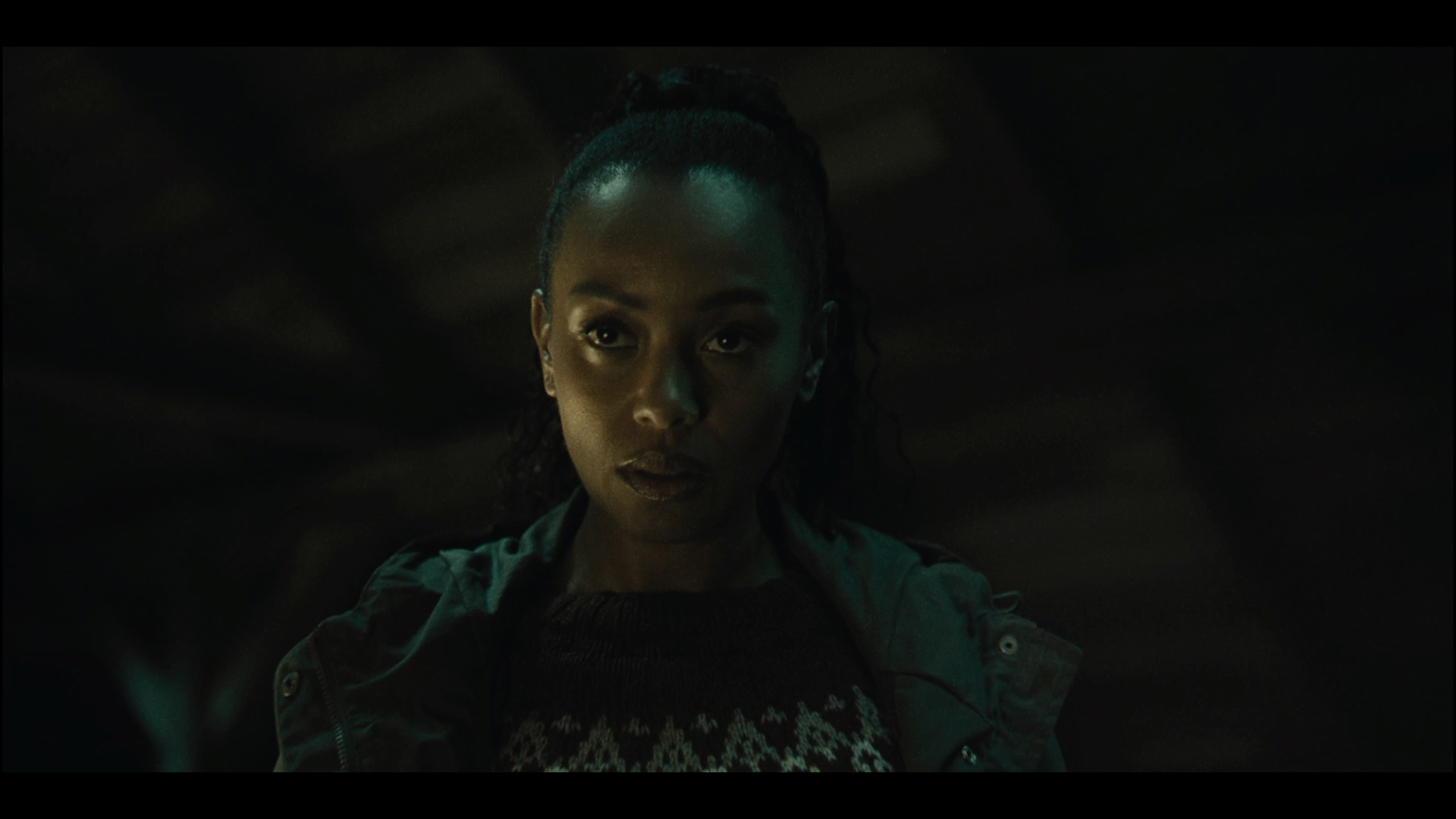Though there are countless directions life flows in, we’re constantly fed narratives on what choices lead you down the supposed good path. It’s wise to take advice, especially from the experienced, but what happens when our internal desires clash with the stories society outlined for us?
In Alan Wake 2, Saga finds herself confronting this many-faced problem. However, in typical Remedy fashion, things are presented through metanarratives that defy convention. Through Saga, we discover the power these tales have in our lives, and how a steely inner resolve gives us the reality-changing ability to forge our own way.
Spoilers for Alan Wake 2 and the Final Draft below.
Saga Anderson and the Hero’s Journey
There’s a typical structure myths and stories from around the world take, according to mythologist Joseph Campbell’s The Hero with a Thousand Faces. You’re probably familiar with it already. Though it’s fallen out of favor in academic circles, the theory continues to have great popularity within the arts and entertainment, with several artists citing Campbell as a major influence, including Star Wars creator George Lucas.
Described briefly, the Hero’s Journey centers on an everyman who is thrust out of his ordinary world into an adventure that tests them and ultimately has them facing death. By overcoming death, the hero is reborn, and they return home, bringing with them the treasures they earned.
Remedy’s writer is stuck in a horror story taking the form of the mythologist’s Hero’s Journey. The titles of his books – Departure, Initiation, and Return – are all distinct stages of Campbell’s outlined monomyth structure. It’s no surprise to find Wake in this position. For him to find the perfect ending to the unfolding horror narrative, he has to lean on any literary heroes he can find. On his hunt for the perfect ending, he’s latching onto any literary theories that could aid him.
It’s also a trait he shares with Sam Lake. As the artist explains in an interview with IGN, he claims he relies on three narrative structures for help: “the three act structure, the hero’s journey, five or seven stages of grief.” These aren’t followed religiously, but they do aid in giving his stories direction.
The Hero’s Journey deconstructed
Perhaps Alan’s biggest mistake was ever believing a character as complex as Saga could be confined to a formalized narrative structure. One of the first hurdles we see appear is that we’re dealing with a narrative structure that has been repeatedly conceptualized as masculine.
This is a point that has been highlighted several times, including in the French text The Second Sex, which argues that “children’s literature, mythology, tales, and stories reflect the myths created by men’s pride and desires.” Consequently, “the little girl discovers the world and reads her destiny through the eyes of men.”
If we get a little more modern, Samantha Ellis’ 2014 text How to be a Heroine passionately argues “in his archetypal The Hero With a Thousand Faces, Joseph Campbell says a hero must cross a border, defeat a dragon and return with treasure that will heal his people. Notoriously, Campbell thought women didn’t need to make these journeys. But I do.”
Alan Wake 2 doesn’t gloss over this growing societal realization. Rather, it’s made quite apparent that her gender makes it difficult for many around her to view her as any kind of hero. It’s more obvious in one of the manuscripts by Dark Presence-possessed Thornton and Mulligan, which dismisses her as that “FBI bitch,” a gendered insult.
Though Alan writes Saga as the hero of his story, he hasn’t freed her from the masculine clenches of the Hero’s Journey. It’s still ultimately his imagination and it is his desires that are to dictate the outcome of her tale. At some point, Alan does recognize the recklessness of his actions, but it’s not a lesson that comes easily.
It requires shrinking his ego to finally realize that the people around him are more than mere side characters in his personal Hero’s Journey. He pays dearly for his wrongdoings – after leaving the Dark Place, he realizes he must once again return if he is to set things right.
A heroine writes her own story
We face the conflict between the story and Saga’s desires early on. According to the tale, her daughter died in a drowning accident. No matter who tells her this or how many times it’s repeated, Saga refuses to believe the story’s contents. She is adamant that she will defy the narrative.
After thirteen years, Alan has been unable to write himself out of the Dark Place. There are a few theories one could pose as to why. My hypothesis is that Alan lacked the character to create the right piece of art that could combat the Dark Place.
Through his writings, his vanity, anger, and selfishness still shine through, leading to a twisted story that drags innocent people like Saga and Alex into its horror. Inasmuch as Scratch is the malevolent villain of the tale, all his misdeeds, whether it’s his rage torturing Alice or his desire to have the world obsessed with his perfect art are ultimately borne of Alan’s psyche and its flaws.
With Saga’s help, Alan sheds these darker aspects of his character and writes a story in which he is willing to make the sacrifices necessary to fix some of the wrongs he has brought about. Alan doesn’t write the final ending in isolation – it wouldn’t have been possible without Saga’s input.
In the sequel’s original version, things end on a cliffhanger, though if you play the Final Draft, we see that the plan has worked. Using the manuscript and the Clicker, she changes how the story ends.

Saga’s sense of self
The FBI agent and her role have stayed on my mind since my first playthrough, but it’s particularly her role in Remedy’s metastory that lingers. She breaks conventions in many ways, but this wouldn’t be enough to set her apart, as plenty of other protagonists from other pieces of media achieve this as well. Instead, what makes her interesting is how she manages to do this on multiple layers.
On the most obvious level, we’re presented with the archetypal Hero’s Journey. Its structure is placed upside down by Saga who makes it clear she isn’t interested in playing out whatever narrative Alan set out for her. It’s also worth remembering her gender, and how it shatters the outlined Hero’s Journey which has seldom accommodated heroines.
This is not to say that it was imagined as such. As Campbell states, “the whole sense of the ubiquitous myth of the hero’s passage is that it shall serve as a general pattern for men and women.” However, it is easy to disagree with the mythologist because even when analyzing the bulk of the myths discussed by him, they are almost exclusively masculine.
Paradoxically, Saga’s heroism comes from her dogged determination refusing a path written out for her. She exudes a sense of self-confidence and belief in her abilities strong enough to repel the Dark Presence from her Mind Place, and even unlearn childhood lessons she was taught about her mental abilities.
Much like Saga, we can follow manuscripts within our own lives, though these may take social forms. This isn’t inherently bad. There are some pretty good “manuscripts” on life out there. Alternatively, we can heed our imaginations and desires, and seek to write our own unique stories. They may not be what’s expected, but perhaps that’s what makes us truly heroic.








